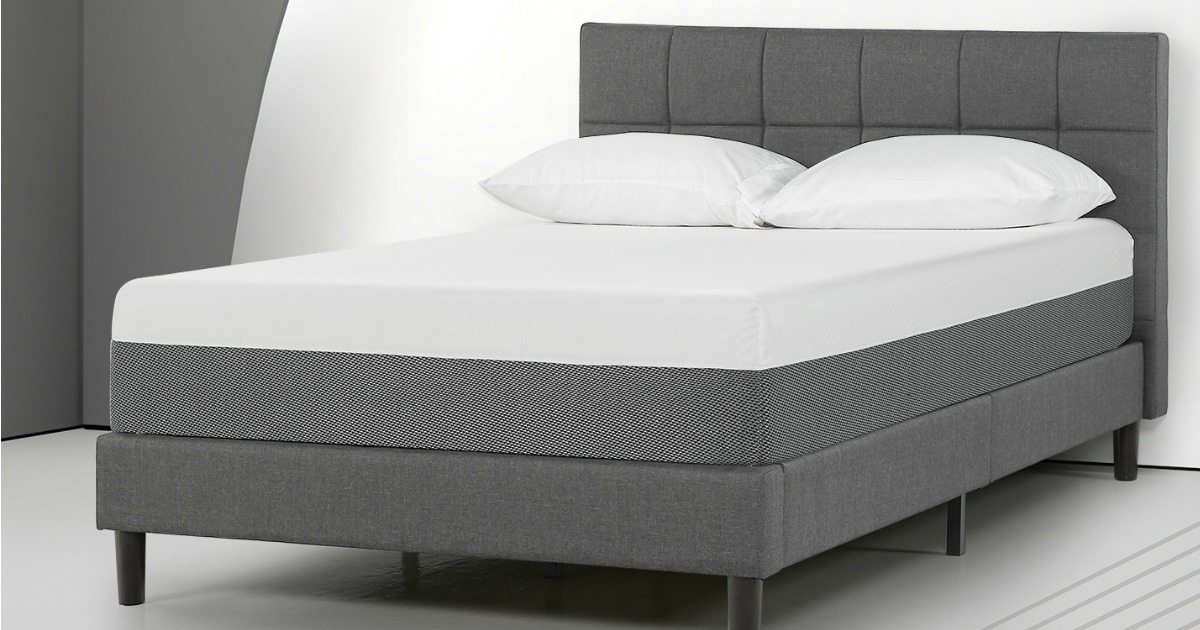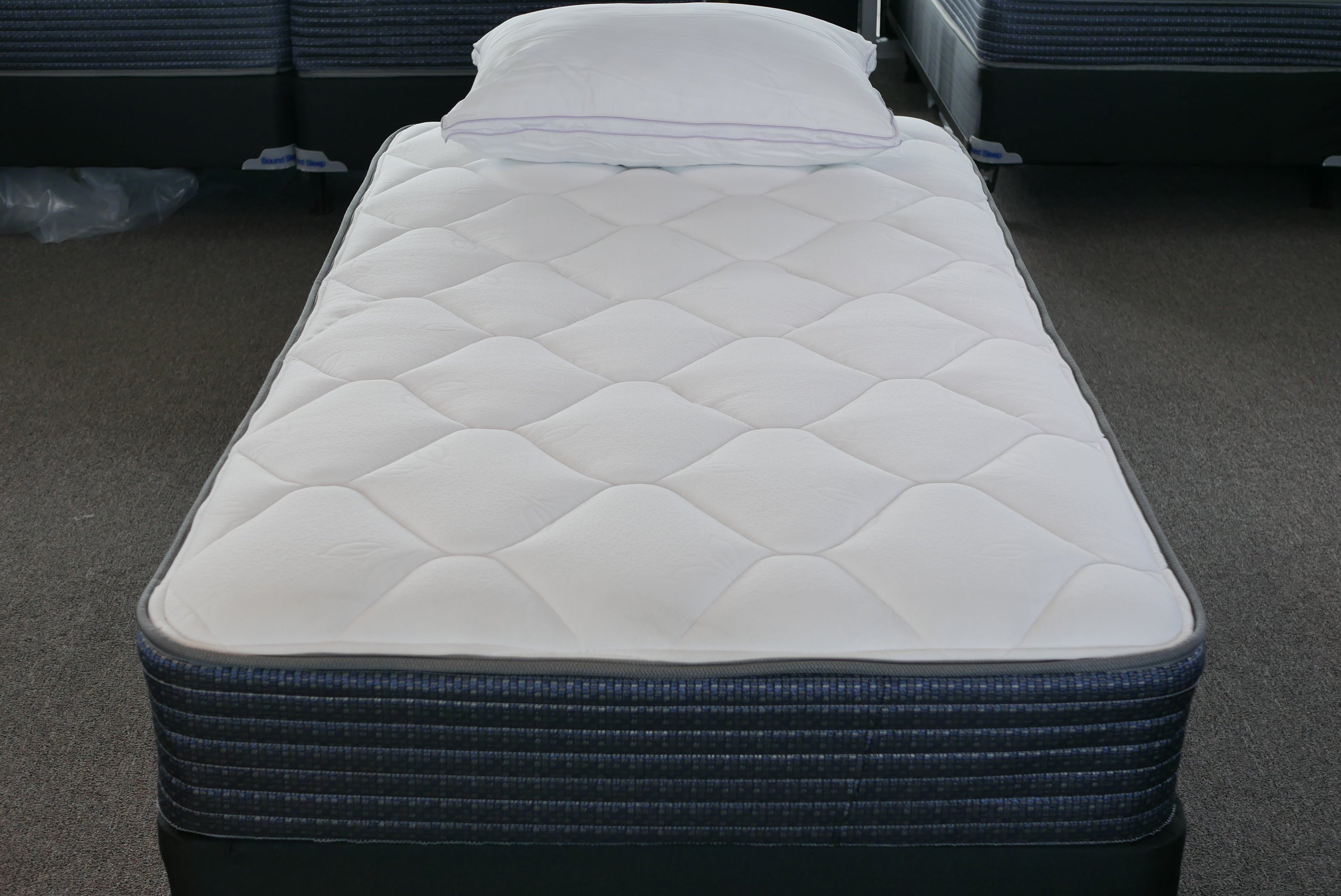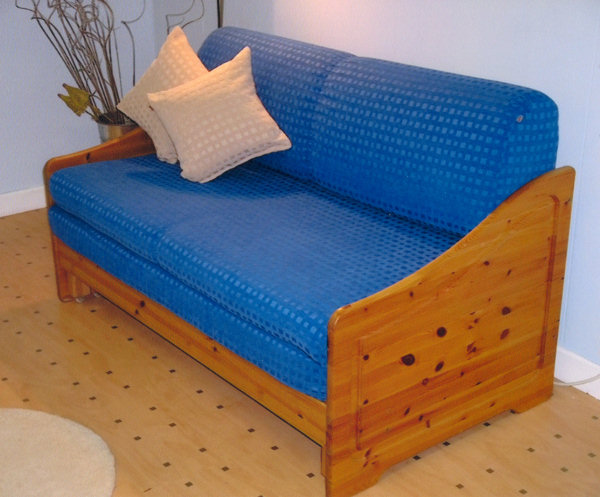Designing a wheelchair accessible house requires building to comply with the Americans with Disabilities Act (ADA) Standards. This means that wheelchair users will have full access to the home, including all rooms and spaces, through wide and comfortable corridors. Wheelchair accessibility can be made possible through several design modifications, such as the installation of an access ramp to the house, an accessible entry point, wider doors and hallways, roll-in showers, and lowered countertops. Wheels-Friendly House Design is increasingly becoming the standard in home design nowadays, as it offers wheelchair users the independence to move and function around in the residence thus opening up possibilities for a longer and better quality of life. Among the essential considerations in Wheelchair Accessible House Design are the width of the hallways and doors, accessibility to bathrooms and countertops, and plenty of maneuvering space for wheelchairs and the user.Wheelchair Accessible House Design
A Barrier-Free House Design is designed and built to reduce, if not eliminate, physical barriers and obstacles from entering and moving within a residence. This is increasingly becoming the new norm in house design and construction, as it no longer restricts movement for differently-abled people. Incorporating a Barrier-Free House Design also improves the living environment for other family members and visitors with limited mobility. An essential Barrier-Free House Design feature is an access ramp to the house, designed to eliminate any step or grade difference between the ground and the house floor level. Other important design features include wide walkways to various places within the home, lever-operated door handles, automated door openers, and a spacious room layout that optimizes maneuverability and movement for wheelchairs and other service aids.Barrier-Free House Design
Universal Design House Design refers to a house that is ergonomically-designed in such a way that it accommodates the needs of both disabled and able-bodied people. All living spaces, from entrance hall to rooms, should be accessible to everyone regardless of age, gender, and impairments. Key features of Universal Design House Design include an automated wheelchair lift and a designer sliding door with semi-automatic mechanism. In addition, there is also an intercom system that allows people with mobility impairments to control the access to the house and the movement within. In order to truly realize the concept of a Universal Design House Design, it is also important to use materials that meet the highest standards of accessibility and safety. This may include ADA-compliant flooring, low-emission vinyl wallcovering, stainless steel countertops, and durable handrails. Incorporating such design and material features will enable the user to have increased safety and enjoy a much higher quality of living.Universal Design House Design
Design modifications can be implemented to make an existing house easier and safer for people with disabilities to move around and function in. These include the installation of elevators, ramps, and wheelchair lifts, as well as widening doorways, hallways, and bathrooms. Floors and wall coverings should also be made non-slip, and the countertops should be installed at reachable levels. Other accessible design features for people with disabilities include switches located at a reachable level; shower enclosures that are large enough to accommodate wheelchairs; and automated simple-to-use appliance controls. All design modifications should be tailored according to the needs of the user. FuINESS is also important, as it will help to create an atmosphere that is hazard-free and enjoyable, thus promoting independence and mobility.Acceptable Design for People with Disabilities House Design
Adaptive Design House Designs are designed to suit different disabilities and living needs. These include access ramps, stair lifts, widened doorways and hallways, and the installation of lowered countertops. Designers can also go beyond construction needs to further enhance the user’s experience, such as the incorporation of mirrors and transparent surfaces to aid spatial orientation, or the installation of easy-to-use doorknobs. Other features include non-slip textured flooring, a wide door for wheelchair access, and lighting control systems with adjustable illumination levels. Adaptive Design House Designs should be tailored to the needs of the user in order to provide comfort, security, and access to different areas of the home. As such, the modification of existing homes so that they can accommodate the different needs of people with disabilities should be given careful thought and consideration before being implemented.Adaptive Design House Design
Designing a house for accessibility can be achieved through the addition of a few essential features. Widened doorways, increased space between furniture and walls, and low-level switches for light switches are some of the modifications that should be implemented. A wheelchair lift may also be installed in order to provide the user with access to different floors of the residence. Existing bathrooms can be modified to create accessible corridors and walkways, while also taking into account the needs of the user. Incorporating design features such as ramps, stair lifts, or vertical lifts can help to make the house accessible while also providing the user with a secure means of reaching different areas of the home. The material used in Modified House Design for Accessibility should also be carefully chosen, as it plays an important role in providing enhanced safety and accessibility for the user.Modified House Design for Accessibility
Accessible House Model Designs focus on the construction of highly accessible homes that are safe and comfortable for people with disabilities to live in. Constructed to standards that meet the Americans with Disabilities Act (ADA) criteria, these models ensure that the user has access to all areas of the residence and provides wheelchair access to all the rooms. Accessibility features include wide doorways and hallways, automated swivel lifts, as well as lowered countertops and stoves. Accessible House Model Designs are designed with practicality in mind, taking into account the user’s mobility, strength, and coordination needs. Good visibility, bright lighting, and comfortable furniture are essential features, as these will help to ensure that the user experiences an enhanced quality of living. Moreover, features such as non-slip mats should be installed in wet areas of the home to reduce the risk of slips and falls.Accessible House Model Design
Existing homes can be modified to be more accessible to people with disabilities. This can help to alleviate some of the struggle associated with movement and navigation within the home, as well as reduce the risk of falls and other hazards. This may include the installation of lifts, ramps, wider doorways, and corridor modifications. In order to modify an existing home for accessibility, it is essential to assess the user’s needs and create a plan for the modifications accordingly. In addition, the walls, floors, and countertops should also be appropriately sized and built to ensure that the user does not experience any difficulty moving or accessing different areas of the home.Modifying Existing Houses for Accessibility
Designing an Accessible Home Design for Disabilities is a process that should be carefully planned and thought out. An essential aspect is the incorporation of features that promote convenience, independence, and safety for the user. These include wheelchair lifts, easy-to-operate door handles and light switches, and widened doorways. Apart from the physical layout of the home, it is important to also factor in the user’s needs and preferences when designing the home. Building an Accessible Home Design for Disabilities will help to create an environment that is comfortable and secure for the user. It is also important to consider the placement of furniture and other household items, and to ensure that the user has easy access to all the necessary items. Moreover, creating adequate ventilation and acquiring suitable materials to reduce the risk of slip and falls will also help to ensure that the user experiences an improved quality of life.Accessible Home Designs for Disabilities
Handicap Accessible House Design focuses on creating homes that are accessible to people with disabilities. This includes incorporating features for convenience and ease of navigation within the home, such as widened doorways, threshold ramps, and roll-in showers. In addition, furniture and other items should also be placed in such a way that they do not cause any obstacles or hazards to the user. Non-slip flooring should also be used to reduce the risk of slips and falls. Ideally, when designing a Handicap Accessible House, the design should be adapted to the user’s individual needs and preferences. This will help to ensure that the user is able to move around and live in the house safely and independently. Furthermore, accessibility should be integrated into the home design from the very beginning, as this will reduce the cost and difficulty of making modifications down the line.Handicap Accessible House Design
How Barrier Free House Design Improves Safety and Accessibility
 Barrier Free House Design is an important element of providing safe and accessible housing for all people. It considers the impact of the physical environment on those with mobility impairments, and seeks to make the home easier to implement solutions that improve the quality of life for everyone. Barrier Free House Design incorporates features such as ramps, wider doorways, and even changes like in-house elevators to encourage ease of movement and access.
Modifications
to existing houses, as well as the thoughtful design of new homes, are important for ensuring all members of a household can safely navigate their home. Wheelchair access ramps allow entry into a house without the need to open a door, and provide an easier navigable way of getting from room to room. For those who find stairs difficult to use, an
in-house elevator
can be constructed to provide easier access.
Furthermore, widening doorways and hallways provides an easier path to common areas, and may even allow passage of a wheelchair or other assistive device in the future. Widening hallways is also beneficial for those who need to maneuver walkers and crutches in the home. Finally, handrails can be incorporated in the design of a home to provide additional support for people with physical impairments.
The implementation of Barrier Free House Design can also be an aesthetically pleasing. Structures can be constructed in an attractive manner that conveys a sense of modernity and style, and blends in with other homes. Additionally, the use of
smart technology
can make the home even more accessible, as items such as remote control lift systems for beds and chairs can be automated.
Barrier Free House Design is truly an innovative aspect of modern homes. The incorporation of thoughtful design elements allows for a safe and accessible home for all its occupants. It is a powerful reminder that design elements of a home can go beyond just looks, and that safety and accessibility should be paramount.
Barrier Free House Design is an important element of providing safe and accessible housing for all people. It considers the impact of the physical environment on those with mobility impairments, and seeks to make the home easier to implement solutions that improve the quality of life for everyone. Barrier Free House Design incorporates features such as ramps, wider doorways, and even changes like in-house elevators to encourage ease of movement and access.
Modifications
to existing houses, as well as the thoughtful design of new homes, are important for ensuring all members of a household can safely navigate their home. Wheelchair access ramps allow entry into a house without the need to open a door, and provide an easier navigable way of getting from room to room. For those who find stairs difficult to use, an
in-house elevator
can be constructed to provide easier access.
Furthermore, widening doorways and hallways provides an easier path to common areas, and may even allow passage of a wheelchair or other assistive device in the future. Widening hallways is also beneficial for those who need to maneuver walkers and crutches in the home. Finally, handrails can be incorporated in the design of a home to provide additional support for people with physical impairments.
The implementation of Barrier Free House Design can also be an aesthetically pleasing. Structures can be constructed in an attractive manner that conveys a sense of modernity and style, and blends in with other homes. Additionally, the use of
smart technology
can make the home even more accessible, as items such as remote control lift systems for beds and chairs can be automated.
Barrier Free House Design is truly an innovative aspect of modern homes. The incorporation of thoughtful design elements allows for a safe and accessible home for all its occupants. It is a powerful reminder that design elements of a home can go beyond just looks, and that safety and accessibility should be paramount.



















































































